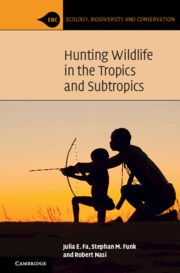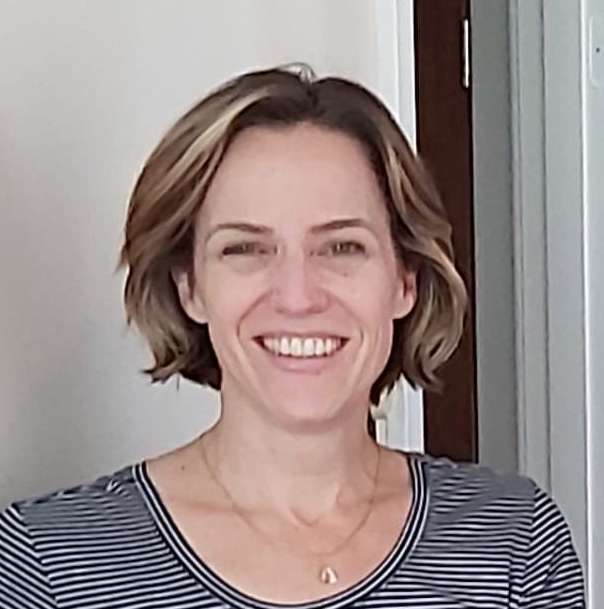We want you to share Forests News content, which is licensed under Creative Commons Attribution-NonCommercial-ShareAlike 4.0 International (CC BY-NC-SA 4.0). This means you are free to redistribute our material for non-commercial purposes. All we ask is that you give Forests News appropriate credit and link to the original Forests News content, indicate if changes were made, and distribute your contributions under the same Creative Commons license. You must notify Forests News if you repost, reprint or reuse our materials by contacting forestsnews@cifor-icraf.org.
Fuelled by the appetite for wild meat in growing urban populations, overhunting of wild animals deprives millions of people in Indigenous and rural communities of a critical source of protein, fat and micronutrients – not to mention local livelihoods – while driving hundreds of species closer to extinction.
But people in communities from Papua New Guinea to Guyana are working to bring humans and wildlife back into balance. In the eastern part of the Democratic Republic of the Congo, Thomas Aseli strives to protect the Ituri Forest, which is sacred for his Mbuti Indigenous People and home to the Okapi Wildlife Reserve. In Senegal, Maia Diagne is putting the nutritious seeds of the white water lily (Nymphaea lotus) back on local menus as part of efforts to revive Sahelian wetlands. And in Madagascar, entrepreneur Nirina is training to become a poultry farmer to boost her family’s food security and lessen the need to hunt for wild meat in nearby forests.
What do they have in common? They’re participating in a strategic and far-reaching programme that aims to improve the conservation and sustainable use of wildlife in forest, savannah and wetland ecosystems in 15 countries in Africa, the Caribbean and the Pacific.
The Sustainable Wildlife Management (SWM) Programme is a consortium of international partners led by the Food and Agriculture Organization of the United Nations (FAO) and including the French Agricultural and Development Research Organisation (CIRAD), the Center for International Forestry Research (CIFOR) and the Wildlife Conservation Society (WCS). Launched in 2017 with funding from the European Union and the French Facility for Global Environment and French Development Agency, the SWM Programme is a seven-year initiative from the Organisation of African, Caribbean and Pacific States (OACPS).
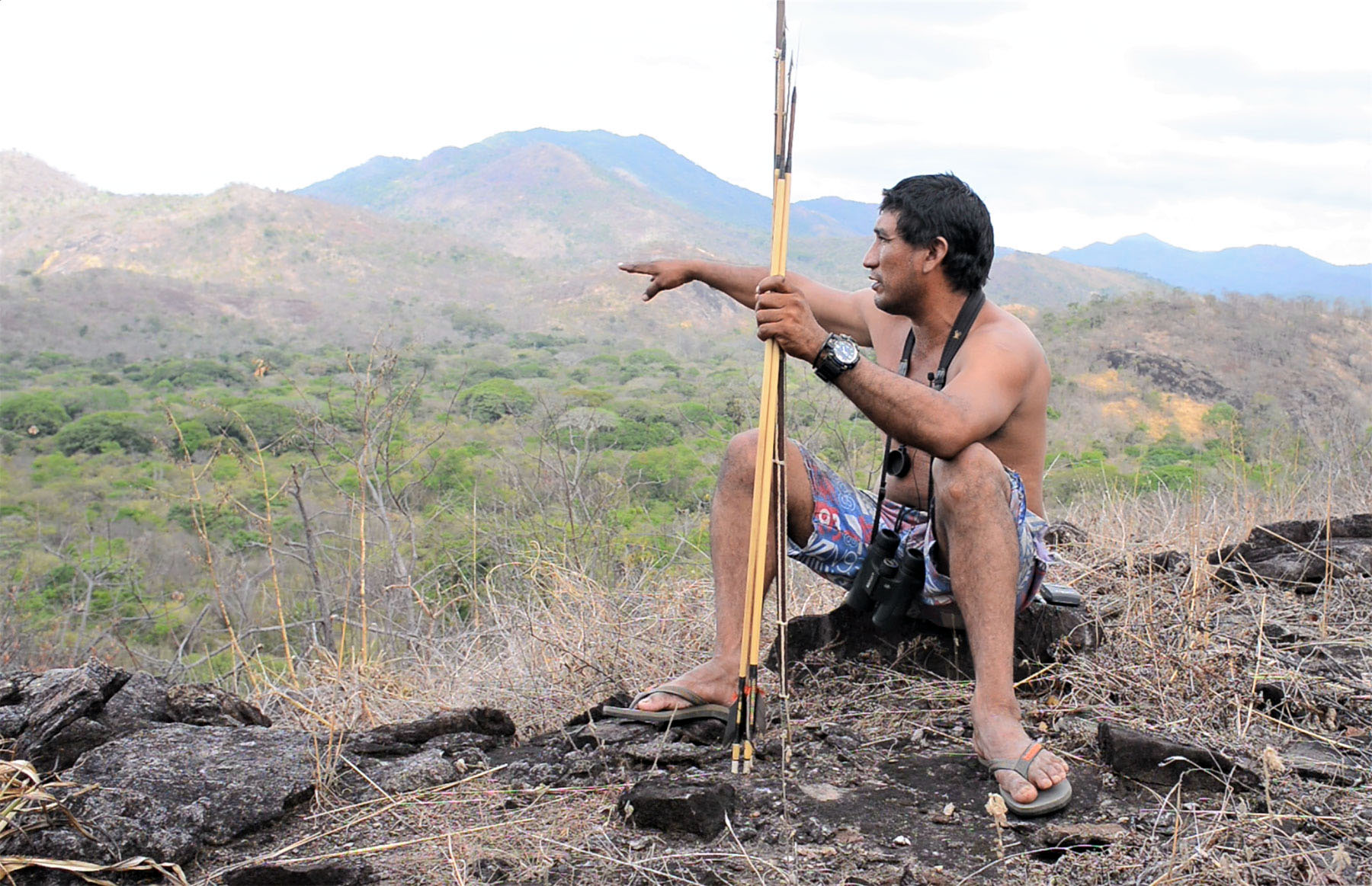
Taking a community-based approach, the programme targets the main threats to wildlife through activities that aim to improve wildlife hunting regulations, increase the supply of sustainably produced meat products and farmed fish, strengthen the capacities of Indigenous Peoples and rural communities to better manage wildlife populations, and reduce the demand for wild meat – particularly in urban centres.
In just over four years, the programme has contributed to the drafting or revision of wildlife-related legislation in several countries through its legal analyses of the wild meat sector. It has also stimulated the designation of the Khor Abu Habil Inner Delta in Sudan as a Ramsar site with support from the programme’s RESSOURCE project. And through an Indigenous-led Conservation Deed, the SWM Programme has enabled the protection of 2,603 hectares in the heart of Papua New Guinea’s highly biodiverse Bismarck Forest Corridor.
“The problem of wild meat overextraction is so urgent and pervasive that only an approach that is strategic, systematic, science-based – and community-based – can overcome it,” said Robert Nasi, Director General of CIFOR and Chief Executive officer of CIFOR-ICRAF. Over the course of two decades of research on wild meat in the Congo Basin and elsewhere, Nasi has witnessed first-hand the transition towards ‘empty forests’ – which appear healthy but are gutted of the mammals and other species valued by humans.
Tropical wildlife expert Julia Fa also knows all too well the devastating impacts of overhunting for rural communities. She has conducted research on the flow of wild meat from rural areas to supply appetites in towns and cities, whose burgeoning populations are not only driving overextraction of wildlife but are also creating health risks. “As animals progress along wildlife meat value chains – from hunters and traders to butchers, cooks and consumers – the risk of spillover increases,” she said. That is, the more opportunities there are for diseases that are usually only found in animals to ‘jump’ to humans.
A senior research associate at CIFOR-ICRAF, Fa has collaborated with Nasi since 2015 on wild meat research and the risk of zoonotic disease spillover, particularly on the link between Ebola outbreaks and wild meat species likely to transmit the disease, Ebola and deforestation as well as climate and weather. When calls to shut down wet markets arose at the start of Covid-19 pandemic, they brought science to the discussion and continued providing expert advice as the pandemic progressed.
Previously, Nasi and Fa collaborated, with their colleague Lauren Coad, on guidelines for a sustainable wild meat sector, which were adopted in a 2017 decision by the Conference of the Parties to the Convention on Biological Diversity (CBD). And last year, they co-authored a book on hunting wildlife in the tropics and subtropics – the first of its kind. Their combined experience and ongoing research with CIFOR-ICRAF and other researchers continues to inform the SWM Programme.
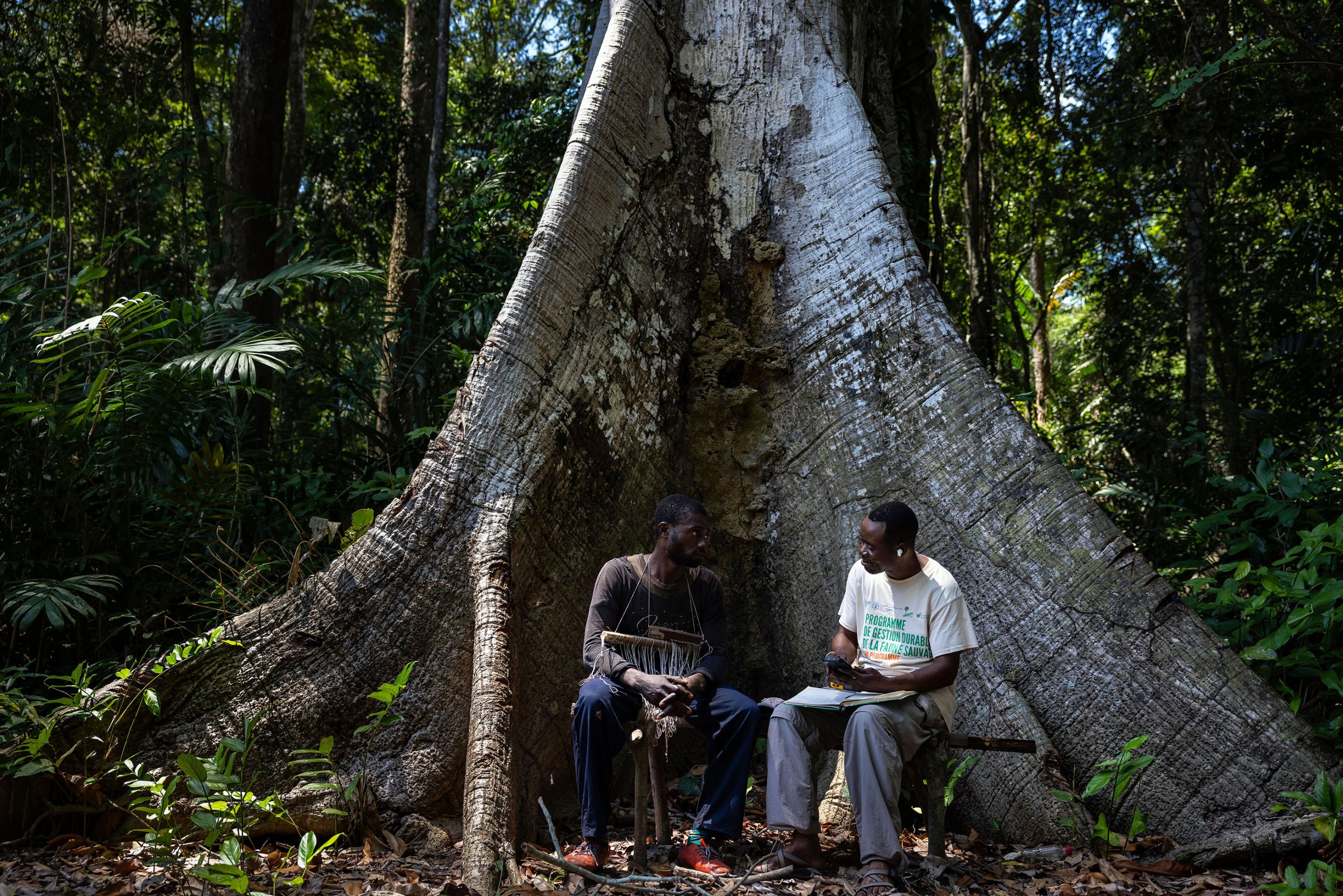

“Banning wildlife hunting is not an option,” explained Fa. “People living in rural areas in the Congo Basin depend on wild meat for 60–70% of their meals, where it’s often their only source of protein. Wild meat makes up only 2% of meals in towns cities, but given the size of urban populations, this amounts to millions of tons of wild animals being extracted from forests.”
Research in 2011 by Nasi and CIFOR-ICRAF Associate Nathalie van Vliet found the estimated yearly extraction rate of wild meat in the Congo Basin to be a whopping 4.5 million tons. “To replace this source of protein and nutrients with, for example, locally produced beef, an area as large as 25 million hectares would have to be converted to pasture,” said van Vliet.
Van Vliet has led SWM Programme activities in Guyana’s Rupununi Savannah since 2018, in partnership with the Guyana Wildlife Conservation and Management Commission, with promising outcomes for Indigenous communities and women. That work is the subject of an upcoming story on Forests News.
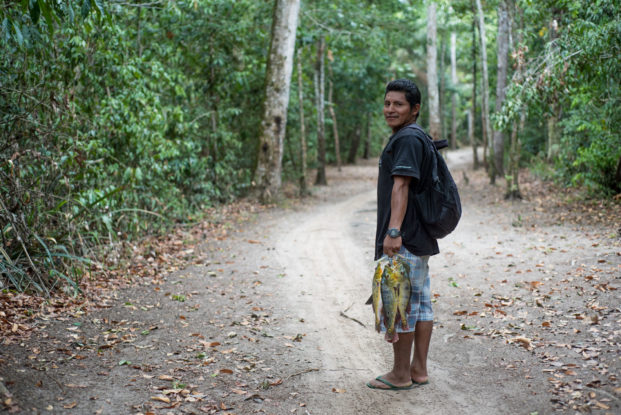
Conservation is important for biodiversity and food security in the Rupununi Region of Guyana. ©FAO/David Mansell-Moullin
Throughout all 15 project countries, the SWM Programme takes a community-based approach that combines “community rules with modern tools”, aiming to ensure all interactions with communities are underpinned by free, prior and informed consent. By diversifying their livelihood options, the SWM Programme aims to foster more sustainable levels of hunting. This means better management of wildlife hunting and, where it makes sense for local tastes, farming animals and fish.
“Wildlife is a shared resource,” said Nasi. “It should be managed by local communities and their chosen partners in a way that preserves traditional livelihoods and culture as well as biodiversity.”
For more information about the SWM Programme, contact Robert Nasi at r.nasi@cifor-icraf.org or Julia E. Fa at jfa949@gmail.com.
For more information about the SWM Programme in Guyana, contact Nathalie van Vliet at nathalievanvliet@yahoo.com.
The Sustainable Wildlife Management (SWM) Programme is a seven-year initiative from the Organisation of African, Caribbean and Pacific States (OACPS), funded by the European Union with co-funding from the French Facility for Global Environment (FFEM) and the French Development Agency (AFD). It is being implemented by a dynamic consortium of partners that includes the CIFOR, the Food and Agriculture Organization of the United Nations (FAO), the Wildlife Conservation Society, and the French Agricultural Research Centre for International Development (CIRAD).
Story development : Erin O’Connell | Video production: SWM Programme | Web design: Aris S & Gusdiyanto
We want you to share Forests News content, which is licensed under Creative Commons Attribution-NonCommercial-ShareAlike 4.0 International (CC BY-NC-SA 4.0). This means you are free to redistribute our material for non-commercial purposes. All we ask is that you give Forests News appropriate credit and link to the original Forests News content, indicate if changes were made, and distribute your contributions under the same Creative Commons license. You must notify Forests News if you repost, reprint or reuse our materials by contacting forestsnews@cifor-icraf.org.
